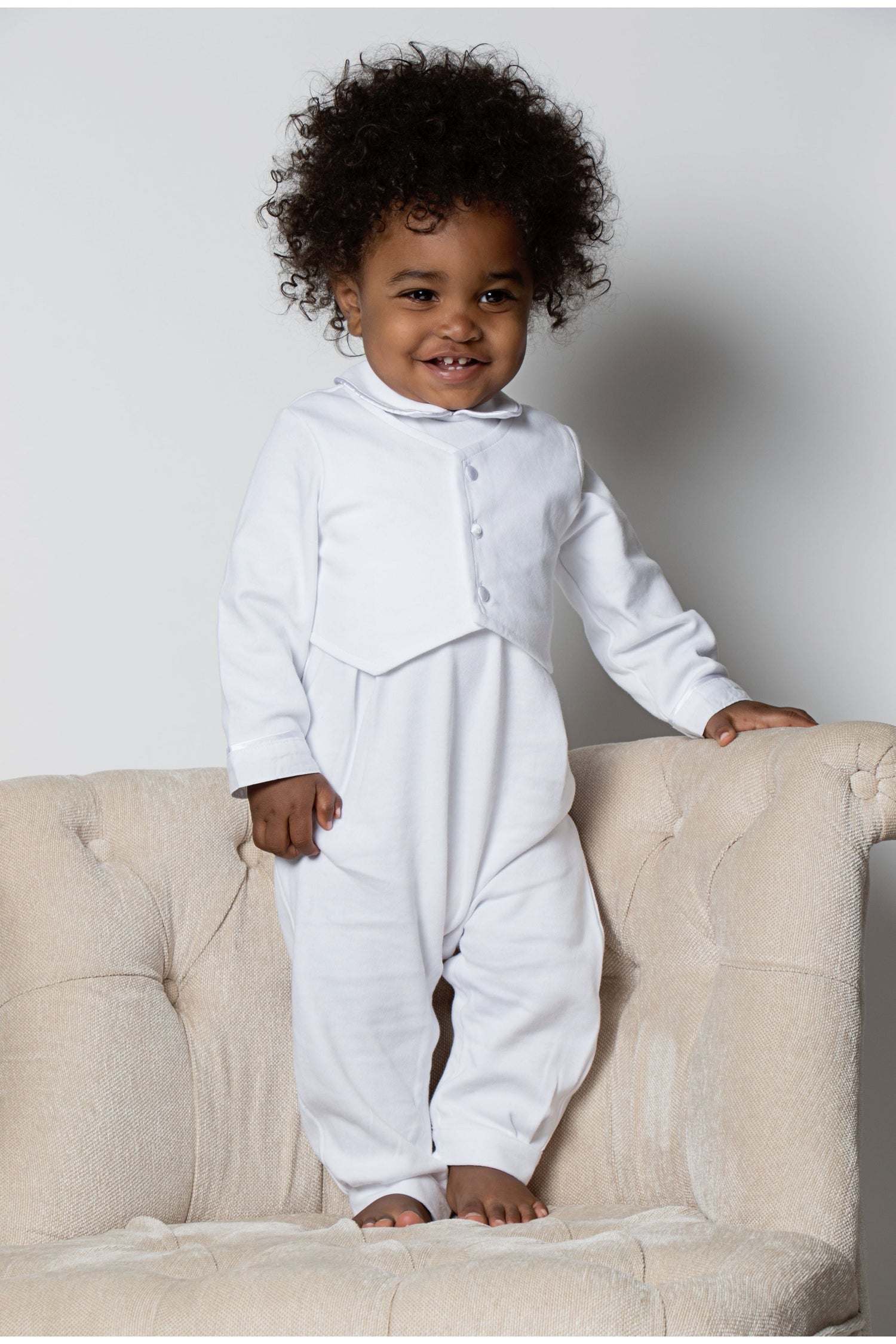In this comprehensive guide, we will delve into the 'when', 'how', and share invaluable tips to support and nurture your baby's crawling journey.
So, buckle up and join us as we unravel the mysteries behind this incredible developmental milestone, empowering you to help your baby navigate their way through this exciting new chapter with confidence and ease. Let the crawling commence!
When Do Babies Start Crawling?

While there's no one-size-fits-all answer to this question, most babies begin to crawl between 7 and 10 months of age. It's important to remember that each baby is unique, and some may start crawling earlier or later than this general timeframe.
Some babies may even skip the crawling stage altogether and move straight to standing and walking. As long as your baby is showing progress in their overall motor skills, there's no need to worry if they haven't started crawling by a specific age.
6 Types of Baby Crawls

- Classic Crawling: This is the traditional hands-and-knees crawling style that most people envision when thinking about crawling babies. In this method, the baby alternates moving their opposite hand and knee forward to propel themselves across the floor.
- Commando Crawling: Also known as "belly crawling," commando crawling involves the baby lying flat on their stomach and using their arms and legs to pull themselves forward. This type of crawling often precedes classic crawling.
- Bear Crawling: In this crawling style, the baby keeps their arms and legs straight while lifting their hips into the air, resembling a bear. This method can be more physically demanding but is sometimes preferred by babies who don't like having their knees on the ground.
- Crab Crawling: This type of crawling involves the baby moving sideways or backward, using their hands and feet to propel themselves. While not as efficient as other crawling methods, it still allows for exploration and movement.
- Rolling: Some babies prefer to roll across the floor to get where they want to go. While not technically crawling, this method still provides mobility and helps build core strength.
- Bottom Scoot: The Bottom Scoot baby crawling type is a unique and adorable method of locomotion that many infants adopt as they begin to explore their surroundings. This crawling style is characterized by the baby sitting on their bottom, using their legs and arms to propel themselves forward in a scooting motion.
Tips to Encourage and Support Your Baby's Crawling
In this guide, we will explore various tips that can help you nurture and support your baby's journey towards crawling:
- Tummy Time: Regular tummy time from an early age is crucial for building the strength and coordination necessary for crawling. Aim for several short sessions of tummy time each day, gradually increasing the duration as your baby becomes more comfortable and confident.
- Create a Safe Space: Ensure that your home is baby-proofed and provide a clean, open space for your little one to practice their crawling skills. Remove any hazards or obstacles that could pose a risk to their safety.
- Use Toys and Motivation: Place toys or other interesting objects just out of your baby's reach during tummy time to encourage them to move towards the items. You can also use your presence as motivation, positioning yourself at a distance and encouraging your baby to crawl towards you.
- Be Patient and Supportive: Remember that every baby develops at their own pace. Celebrate your baby's small victories and progress and avoid comparing them to other babies. Provide plenty of love, encouragement, and support throughout their crawling journey. Read our blog post about, The Exciting Milestone: When Do Babies Roll Over?
Conclusion
Crawling is an exciting and important milestone in your baby's development, allowing them to explore their environment and develop essential motor skills. While the exact age at which babies start crawling may vary.
Providing a supportive and encouraging environment will help your little one achieve this milestone when they're ready. Remember to enjoy each step of your baby's developmental journey and cherish the memories you create together along the way.












